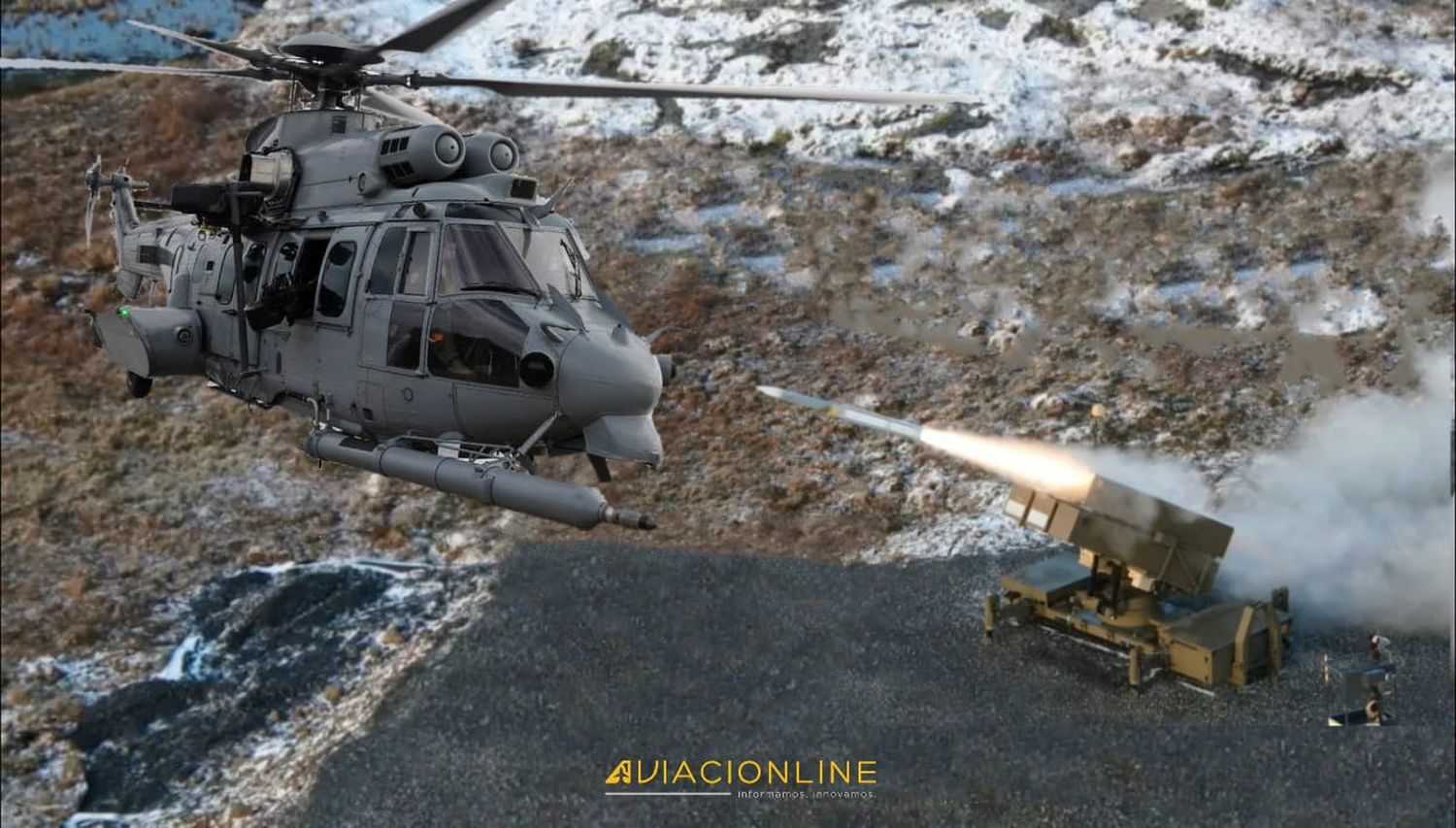H225M Caracal helicopters and NASAMS air defense systems for The Netherlands
The Netherlands will acquire 14 H225M Caracal helicopters for special operations and NASAMS systems for short and medium range air defense.
Caracals for Cougars
The Netherlands Ministry of Defense will replace its 12 H215M Cougar special operations helicopters with 14 new H225M Caracal helicopters, which will start arriving from 2028.
The purchase is one of the measures the Dutch Ministry of Defense is using to convert a squadron of the Defense Helicopter Command into a Special Operations Force (SOF). Strengthening SOF capabilities for land and sea operations is one of the spearheads of the Defense Document published last year.

The new helicopters selected are the Airbus Helicopters H225M Caracal, which met the specified requirements. Like the Cougars, the Caracal will be based at Gilze-Rijen Air Base.
The purchase includes new mission equipment for the helicopters. Also included in the project is the purchase of a flight simulator, as well as training and instruction for crews and technical personnel.
A long history with the AS532 Cougar
Cougar helicopters have been in service with the Netherlands Ministry of Defense for 27 years, transporting troops, equipment and wounded. Some also operate as boarding helicopters from warships. In addition, they also use them as firefighting helicopters, by using a flexible water bag (bambi-bucket) suspended under the aircraft.

The weapons system never received a major overhaul. This was due in part to changing views on the maintenance of in-service aircraft. However, an upgrade project is currently underway that will extend the operational life of the current 12 Cougars to 2030.
The NASAMS system meets both requirements
The Ministry of Defense decided to merge the projects to replace the short (up to 15 km) and medium range (up to 50 km) air defense systems into a single one, in order to facilitate their integration and reduce logistic and acquisition costs.
«The combined capability must provide protection for maneuvering units as well as infrastructure and vital areas. Both capabilities will be integrated with each other so that they work together seamlessly and without loss of quality. This is done in a wireless and continuously synchronized network,» State Secretary Christophe van der Maat told the House of Representatives in The Hague. «Thus, units can be more mobile, flexible and faster on the modern battlefield. The war in Ukraine demonstrates how important it is that as little time as possible elapses between detecting an airborne threat with radar and firing a projectile.»
Market studies conducted by the Netherlands determined that only 1 supplier can meet these requirements. This is the Kongsberg Defence & Aerospace (KDA) consortium from Norway, together with Raytheon from the United States. Another advantage is that the NASAMS system is already operated by several NATO partner countries and is proving to be an effective system in the hands of the Ukrainian Air Defense.
Medium range
The first new medium-range (up to 50 kilometers) NASAMS systems will be available starting in 2026. Each battery will consist of a radar station, a fire distribution center (FDC), two or more firing units with six missile containers each, and auxiliary units.
To provide medium-range protection, NASAMS systems will be equipped with the AMRAAM-ER (extended range) missile.

See also: Air Defense: NASAMS fired three types of missiles for the first time
Short range
To replace the Stinger systems used on Fennek all-terrain vehicles, the Netherlands will install its NASAMS launchers on ACSV G5 armored vehicles. The first ACSV G5 anti-aircraft ACSVs will start to be fielded from 2028.
To meet the requirement for short-range mobile air defense, these NASAMS will use the AIM-9X Sidewinder Block II missiles and the AIM-120 AMRAAM.

The new NASAMS systems will be integrated with Stinger shoulder-launched very short-range missiles (MANPADS) and Patriots, covering long-range air defense.


Comentarios
Para comentar, debés estar registrado
Por favor, iniciá sesión